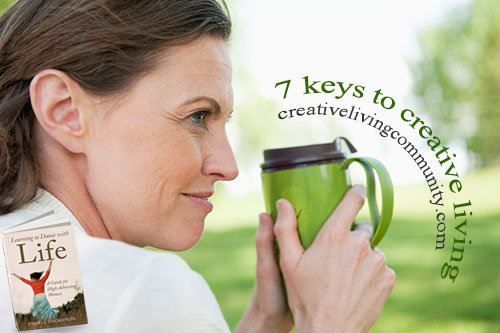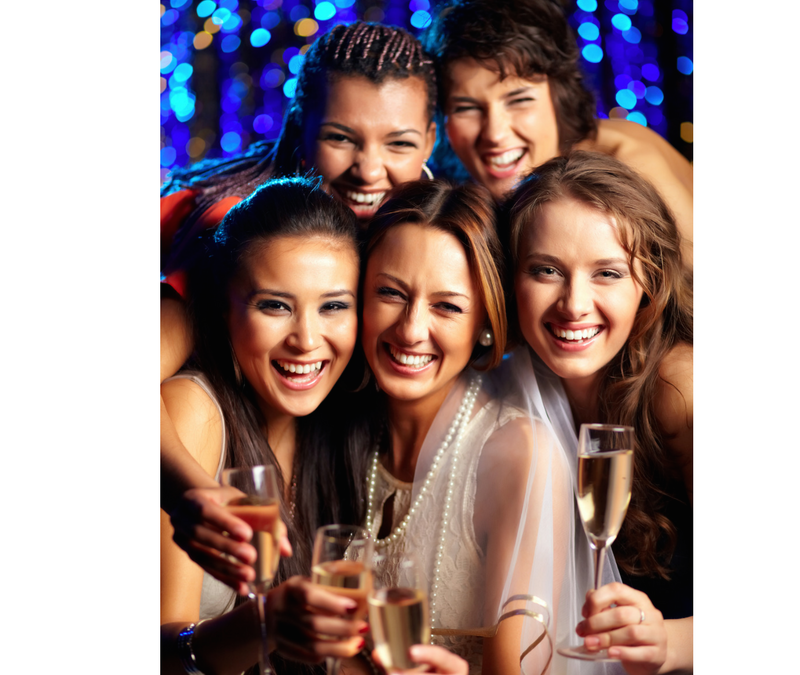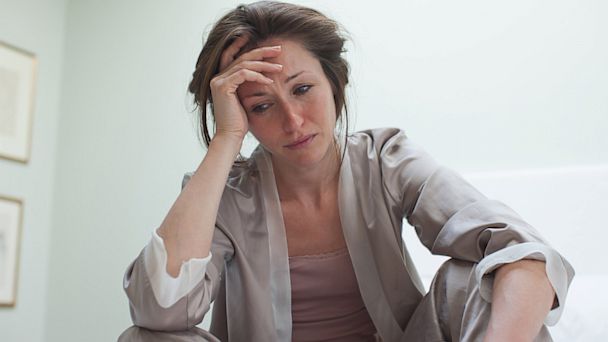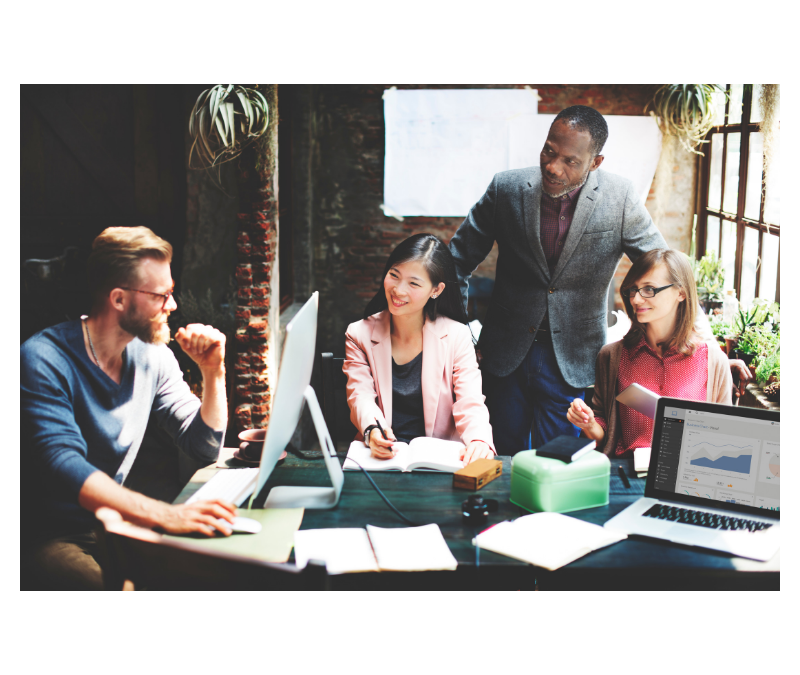
by pam | Nov 30, 2020 | Change, Creative Living, Dealing with Stress, Dealing with Uncertainty, Embracing Change, Uncertainty, Women in Business
We are almost 9 months into the pandemic. How has it been for you? It is useful to reflect on what you’ve learned from a life change/period of uncertainty/transition.
According to William Bridges, author of “Transitions: Making Sense of Life’s Changes”, in order to move successfully from one life transition to another, it is important to let go of any negative emotions associated with it, to celebrate the positive aspects and lessons learned from it … and to get clear on your vision for a new life, relationship, career, business.
Bridges differentiates between a life change and a transition. He states that a life change is situational and external to us, whereas a transition is internal and psychological. It is the internal work we do to adapt and reorient ourselves to our new external reality.
Research and life experience show that if we don’t do the internal transition work, then we often recreate the same patterns in our lives. An example is someone after 3 marriages realizes that s/he has married 3 men/women who are similar having dealt with the same issues in each marriage, never resolving them but instead recreating them and remaining unhappy and unfulfilled or moving on to the next.
In my personal life, work with clients, and interviews with leaders, I’ve discovered that people have reacted in many different ways during the pandemic. Some were initially knocked off balance and found it really challenging to deal with all the changes in their work-life, family life, and personal life. They had difficulty focusing and were unproductive. Many have been “up and down” in terms of their emotions and focus during the pandemic. In contrast, others after the initial shock, found their creative juices flowing and dove into new projects. They continue to feel energized and optimistic.
No longer having to commute to work, many have taken time to reflect and realized the work they were doing was not fulfilling. They have been preoccupied thinking of how they can transition out of a “real” job and start that business they’ve been dreaming about.
Others are reeling from the loss of a loved one or loved ones who were sadly taken from them due to COVID-19. Still others have recovered from COVID-19 with negative impacts on their health that have forced them to change their lifestyles and adapt to their “new normal”.
The pandemic, in the context of change and uncertainty, has caused much upheaval in many of our lives. It has also put us in touch with how we typically respond to change and why. Do you typically embrace or resist change and uncertainty?
Here are a few questions to ask yourself to reflect on and provide you with insight into how you respond to change and uncertainty. I encourage you to take some time and journal your responses to the following questions: What have you learned from COVID-19 about …
yourself?
your partner?
your family?
your workplace/who you work for/your team?
how you work best?
the environment?
Inequities happening around the world?
Learn from and embrace life transitions is one of the 7 keys in my book “Learning to Dance with Life: A Guide for High Achieving Women”. Several years after writing it and coaching a number of business and professional women, I realized that out of the 7 keys, it is the master key that “unlocks the door” to a life of increased health, happiness, fulfillment and inner peace.
Working further with leaders and changemakers, I created the Art of Change Framework: A Guide to Personal and Organizational Change. If you’d like to learn more about how to embrace change, I invite you to access “The Art of Change Framework” on my homepage at: https://pamela-thompson.com/
What have you learned about yourself and others since COVID-19 began? I welcome your thoughts and comments below.

by pam | Nov 22, 2020 | Change, Changemaker, Creative Living, Feminine Leadership, Leadership, Women in Business
The way many of us in the world are currently living and working is not sustainable. The way our organizations and societies are structured, how they are led, and how success is defined are being questioned. Our day-to-day actions and the beliefs and values on which they are based, are resulting in many of us experiencing chronic stress leading to negative impacts on our bodies, minds, relationships, productivity, and our bottom lines.
Our reliance on fossil fuels and a world focusing on consumption and the belief that earth’s resources are infinite are now being challenged. We now have data to show how nature can heal itself if we let her. Many of us are finally embracing the need to take action to preserve and save our beautiful planet and the fauna and the flora within it.
COVID-19 has shone the light on a number of the inequalities such as systemic racism, gender-based violence … and we are now acknowledging that we need to take action NOW toward creating a world that works for everyone.
What can you do? Where can you start?
We know that change starts from the inside-out and begins with each and every one of us.
The 7 keys to what I call Creative Living and the strategies and practices associated with them are an excellent starting point to begin to “be the change”.
I introduced the concept of Creative Living in my book “Learning to Dance with Life: A Guide for High Achieving Women”. Creative Living is defined as the “conscious cultivation of improved health, happiness, fulfillment and inner peace.”
There are 7 keys to Creative Living with proven practices and powerful strategies based on my own journey and work with clients from diverse cultures and backgrounds that are supported by evidence from neuroscience, the health promoting and healing benefits of the arts, organizational development and eastern psychology.
The 7 keys to Creative Living are: 1) Listen to and Trust in Your Body’s Wisdom; 2) Tap into and Express Your Creative Side; 3) Consciously Create Right and Left Brain/Body Balance; 4) Live in Alignment with Your Core Values; 5) Believe that You are Here to Make a Difference; 6) Learn from and Embrace Life Transitions; and 7) Find Inner Peace and Build Peace in Your Family, Community, Workplace … the World.
If you would like to learn more you can access “Learning to Dance with Life” on Amazon. Here’s a link: Learning to Dance with Life: A Guide for High Achieving Women
In my next few posts, I will be sharing how each of the 7 keys can support you to “be the change” you want to see in the world. Stay tuned!
I’d love to hear from you. Feel free to share your comments below; e.g. What strategy or strategies do you believe are important for creating a world that works for everyone?

by PT-clc | Dec 12, 2018 | Creative Living, Health & Wellbeing, Self-Care, Stress Management
The holidays are a time of joy, laughter, connecting with family and friends, and celebration. They also may be stressful on our bodies, minds and “pocket books”. With our already busy lives, extra baking, shopping, gift-wrapping, and entertaining can make us feel like there aren’t enough hours in the day.
Here are a few tips to help you to stay healthy, happy and mindful during the holidays and beyond.
- Take time for you – Holidays are a time to give to others, and they are also a time to give to yourself. Schedule time in your day for that yoga class, to go to the gym, for that bubble bath. Rather than jumping out of bed each morning and “hitting the ground running”, do a full body stretch; close your eyes and scan your body from head to toe noticing any areas of tightness or discomfort. Breathe into those areas and release that tension or discomfort.
- Spend time in nature at least 3 times a week (for 15 to 30 minutes or more). Being in nature is SOoo therapeutic. Focusing on the beauty that surrounds you takes your busy mind off that never-ending “to-do” list. Did you know that the Japanese have done longitudinal studies that show when we spend time in forests (they call it forest bathing or forest therapy) it reduces our heart rate, reduces our blood pressure and increases the number of natural killer cells our body produces; which means it strengthens our immune system. During stressful times it is particularly important to keep our immune systems strong so we don’t end up with that flu or cold after our guests leave!
- Celebrate YOU! At the end of each day identify at least one thing you want to celebrate about yourself for that day. It could be something you accomplished or how you responded in a stressful situation. When you constantly give to others without nourishing and celebrating yourself, you will become depleted and may also become resentful and/ or ill.
I’d love to hear your strategies for staying happy, healthy and mindful during the holidays. Please share them below. Feel free to pass this on to others you care about.
[1] Here is a useful resource on mindful eating: http://thecenterformindfuleating.org/

by PT-clc | Nov 8, 2018 | Coping with Change, Dealing with Stress, Entrepreneurship, Leadership, LeadinginUncertainTimes, Self-Care, Stress Management
Our world today is characterized by uncertainty. Our economies, our relationships, our jobs, our futures … . Uncertainty is ever present in our lives. Learning how to change your relationship with and to “befriend” uncertainty reduces stress and has a number of other benefits.
The Cambridge English dictionary defines uncertainty as: “a situation in which something is not known, or something that is not known for certain” and “the feeling of not being sure what will happen in the future” (https://dictionary.cambridge.org).
Recently, I came to a point in my business where I was extremely tired and feeling little passion around what I was doing. I knew I needed to make a change but I wasn’t sure what that change was. I had launched a new website and had rebranded less that one year ago. What was I thinking wanting to change things up yet again? Perhaps I just needed to take a break; to relax and “recharge my batteries”?
It was an unusual situation for me to be in, as in the past when I’ve no longer felt “juiced” by what I was doing or felt that an organizational environment was toxic, either I would leave a position, or change my direction in business, and I nearly always knew what I wanted to do next. This recent experience was different. I did NOT know what to do next and felt uncertain.
What happens when we feel uncertain?
We often experience fear and go into fight, flight or freeze – the stress response – as we feel unsafe and our body wants to protect us. When stress hormones are coursing through our bodies we often don’t make rational decisions.
We may “jump” at the first solution that presents itself so we feel more comfortable. This can be a position that we aren’t suited for because we need the money, or a relationship with someone who comes into our life so we won’t be alone.
We may be influenced by a well-meaning friend or person whose opinion we value, and choose a career or position we have the aptitude for; however one that we are not passionate about, instead of taking the time to figure what really “makes our soul sing” and following that path.
I’ve coached a number of clients who were extremely successful accountants, lawyers, engineers … in their late thirties and early forties, who were dragging themselves out of bed every morning, feeling no passion at all for their work. When asked to reflect on when was the last time they felt passion about their work, many admitted that they never really had any passion for their careers; a well-meaning adult had influenced them in their late teens to; for example, “be an accountant because you’re good at Math.”
There was a time in my life when I became a workaholic because I didn’t want to face the uncertainty of what my life might look like if I left my husband. If I kept busy all the time, I didn’t have to think or feel and I numbed out. Possibly you relate.
Uncertainty means different things to different people. I invite you to take a few minutes to think about your responses to the following questions. You may wish to journal about them.
What does uncertainty look and feel like for you?
Do you typically feel fearful when you experience uncertainty? If so, is your typical response fight, flight or freeze?
Do you react differently if the uncertainty is in your personal life than in your professional life?
From experience I know that we often don’t make the best decisions when we feel uncertain. I also know that for those of us who are used to always “doing”, being busy, and having lots of structure in our lives, it can be challenging to NOT DO, but instead to slow down and BE STILL. Many of us believe that to be valued and loved we need to be “doing” and accomplishing important things. Being what I call “in the void” or “in the space between” is quite foreign to us. That said, it can be an interesting journey and valuable experience to learn to feel comfortable with uncertainty.
So how can you change your relationship with “Uncertainty” and perhaps even make it your friend?
Here are some lessons I’ve learned (often the hard way) to “befriend” uncertainty.
- Acknowledge and Accept that you don’t know what to do and that is okay
- Trust that everything will work out for you and the greater good
- Believe that in time things will become clear
- Know that you can’t force clarity
- Remember that creative processes require time and space
- Learn to listen to and trust in your body’s wisdom; it always knows what is best for you.
Below are some strategies to assist in integrating these lessons into your life.
- Learn to listen to and trust in your body’s wisdom. A good place to start is to begin to integrate some mindfulness practices into your life. These practices help take you “out of your head” and “into your body”. They also focus on “being” rather than “doing”. One example is body scanning. On awakening scan your body from the top of your head to the tips of your toes. Notice if there is any tension, discomfort or pain in any part. If you sense any of these breathe into each part and visualize the tension or discomfort releasing or melting away. Another practice is mindfulness walking meditation[1] that I recommend you do three times a week for 15 to 30 minutes each time.
- Spend regular time in nature. This can be going for a walk in a nearby park at lunchtime, hiking, running by the ocean. Finding your special nature place and going there when you feel stressed or would like some guidance.
- Do yoga regularly. Find a style that works for you. I recommend you do it at least three times a week.
- Communicate with others who are close to you. They will then understand how you are feeling and often “cut you some slack”.
- Reach out for support from family, friends, a coach or a health professional.
- Get lots of sleep. If you’re feeling really tired experiment with going to bed earlier.
- Pamper yourself; have a bubble bath, massage, pedicure, make time to read a favourite author
- Move your body. Put on some of your favorite music and dance around your kitchen or living room.
- Connect with your inner child. Do something you used to do as a child that “filled you up” (e.g. painting, drawing journaling) OR try something you’ve always wanted to do but never took the time for (e.g. dancing, learning to play a musical instrument, singing)
- Don’t worry about what anyone else thinks. Remember that when you follow your heart and acknowledge how you feel, you give others permission to do the same.
I’d love to hear from you about your experience with Uncertainty and what strategies and lessons you have found useful to help you deal with it and perhaps even make friends with it. I welcome your comments below.
[1] A mindfulness walking meditation enables you to get out of your head and into your body. When you walk outside in nature, slowly press one heal and the toes of one foot on the ground followed by the next, being totally present with your movements rather than thinking about all you have to do or reviewing a recent argument with your child or significant other. Focus on all of your senses. Notice the wind on your cheek, the sound of birds chirping, the smell of the salt sea air, see the beautiful vistas that surround you. Notice how you feel while doing the mindfulness walking meditations and after. Over time doing these walking meditations on a regular basis, notice what you notice.

by PT-clc | Oct 18, 2018 | Health & Wellbeing, Healthy Organizations, High Achieving Women, Leadership, Women in Business
In many organizations regularly working overtime is still a badge of honor.
I have a number of close friends who have been high achievers in academia, brought millions of dollars into their institutions, and who have been harshly mistreated by certain “higher ups”.
I have also experienced colleagues who have been undervalued and made to feel they are in jeopardy of losing their positions because they have proposed a creative solution in an organizational culture where maintaining the status quo is the norm.
Increasing numbers of high performing younger and younger women (e.g. in their late twenties and early thirties) are coming into my life having been diagnosed with breast cancer, mono, and/or on stress leave and antidepressants. Burnout and adrenal fatigue continue to be rampant and yet are often “kept under the covers”.
Since I launched my coaching business in 2009, I’ve coached a number of high achieving women and provided them with tools and support to change their lives from constantly driving and striving to healthier, happier, more balanced lives. I’ve recently realized that this is not enough. It is one thing to provide a person with tools and support, but if they return to a work environment that does not enable them to put those tools and strategies into action, it is rather like sending someone on a training and having them return to a workplace that doesn’t enable them to apply the new skills they’ve learned. It is frustrating, unsatisfying and doesn’t address all of the issues.
I realize that it is only part of the solution to provide high performing women and men with tools and the vision of a healthier, happier life. The other part of the equation is to change our organizations so they are healthier.
I would like to start a conversation on this. What is a healthy organization? Is it possible to create healthy, successful organizations?
To start “the ball rolling”, here are a few characteristics of what I believe constitute a healthy organization. A healthy organization:
- Treats their staff and management with respect
- Is clear on their values and “walks their talk”
- Values creativity and innovation and creates space to enable this to happen
- Values and fosters collaboration within the organization and with outside partners
- Is lead by balanced and mindful leaders ( See –https://www.linkedin.com/pulse/balanced-mindful-leadership-time-new-type-leader-pamela-thompson/ )
- Recognizes that many of today’s issues are complex and require multiple disciplines and ways of thinking to address them
- Embraces change and supports its staff and management to better understand and embrace the change process
- Provides a physical environment that supports well-being; for example, a meditation room or garden, indoor plants, on-site gym, yoga and childcare
- Makes a healthy profit
- Gives back to the community
These are a few of my thoughts. I welcome yours in the comment box below.




